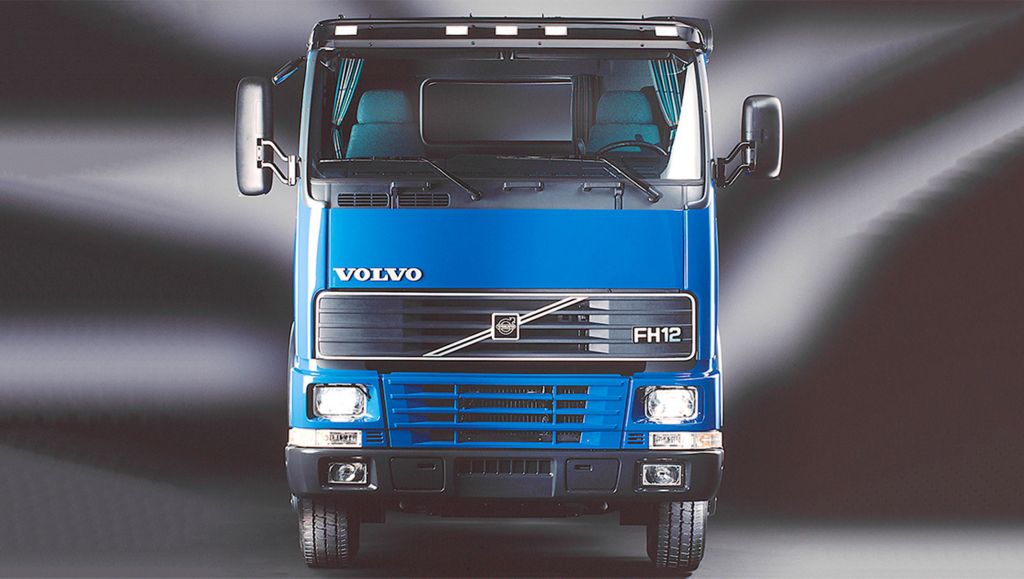How can the trucking industry be a part of the circular economy?


Although the trucking industry still has a long way to go before harnessing the full potential of the circular economy, it is taking important steps towards better resource efficiency. While waste can be tackled in many different ways, almost everyone can agree that the recycling and remanufacturing end-of-life parts and trucks is an essential part of reducing our environmental footprint.
At Volvo Trucks we evaluate the impact of our vehicles through five parameters: materials and production, fuel, exhaust emissions, maintenance and end-of-life treatment (recycling). The last factor means that we work intensively with the salvaging of materials from old vehicles and using them towards making new ones. If you are buying a new Volvo truck for example, about one-third of total weight of a new vehicle is made from recycled material. Roughly half of the wrought iron comes from recycled metal and 97% of the cast iron is made from recycled iron. This cradle-to-grave approach of a vehicle also means that we work with materials that can be easily recycled, reclaimed and remanufactured. For example, we use plastic rather than metal clips to attach wires and hoses, since metal clips take far longer to remove during the reclaiming process.
So why should all of this matter to you as a haulage operator? Well it’s hard to ignore questions about resource efficiency when everyone from consumers to companies to governments are under increased pressure to reduce the amount of waste they produce. A study by McKinsey reported that sixty percent of discarded materials in Europe were either put in a landfill or incinerated, while only 40% were recycled or reused. This means that Europe lost 95% of the material and energy value of produced goods, while material recycling and waste-based energy recovery captured only 5% of the original raw-material value. Clearly a lot can be done to extract more value from the existing stock of products and materials.
Then there is also the fact that as a haulage operator your used vehicle retains an economic value, even when the truck is ready to be scrapped. The metal, chassis or cab of a retired asset can still be re-sold for a significant amount of money. There is also the possibility to keep your current fleet on the road by using replacement parts through the flourishing remanufacturing or ‘Exchange Parts’ business. This process salvages old components, such as a transmission and remanufactures them to a standard that can be considered as good as new. Remanufacturing uses a fraction of the energy and raw material that goes into making a new part which mean not just a lowered environmental footprint but also high Uptime and better total cost of ownership.
While the benefits of embracing the circular economy are evident, there are several challenges to the wide-scale adoption of best practices in the trucking industry. One of them is the cost of recycling, which might be higher than the cost extraction of resources due to the many processes required in refining the materials to meet quality standards.
Also, setting up a recycling facility requires high upfront investment. However, despite these drawbacks, increasing consumer pressure, our over-dependence on raw materials and growing demands for better environmental standards, means that the debate about how we deal with old vehicles and components is far from over.
If you would like to learn more about how a truck is recycled, read my illustrated guide which includes:
Lars Mårtensson
Environment and Innovation Director at Volvo Trucks.